Tool steel type and performance – OTAI special steel is professional tool steel supplier, we can supply a wide range of tool steel, now let me briefly introduce the types and performance of tool steel.
Tool steel is one of the steel types for making molds such as cold die and hot forging die. The die material is an important part of the material and technology of the mold manufacturing industry. Its variety and quality play an important role in the performance of the mold and the mold manufacturing cycle. Molds are used in a wide range of applications, and the materials are used in a wide range of applications.
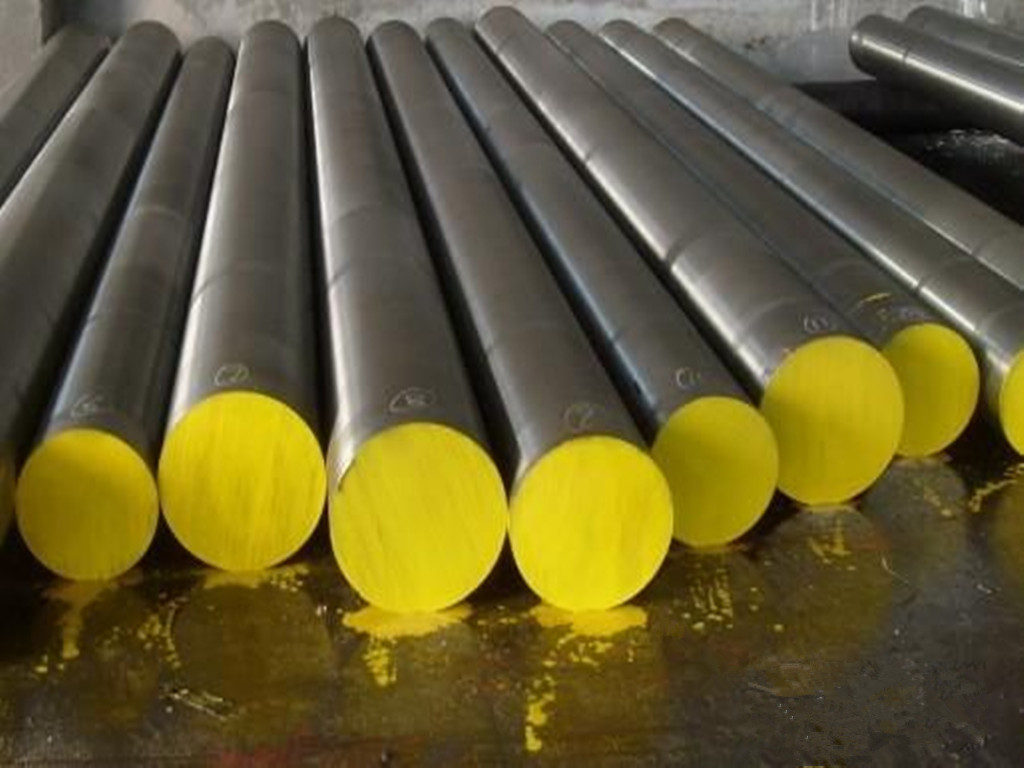 Tool steel type:
Tool steel type:
Tool steel can be generally divided into three categories: cold work tool steel, hot work tool steel, and plastic forming tool steel.
1. Cold work tool steel is mainly used as a mold for press forming a workpiece in a cold state. Such as cold punching die, thread pressing die and powder pressing die. Due to its good wear resistance and toughness, it can be used to make punching dies for stainless steel and high hardness materials.
2. Hot work tool steel is a type of mold that is pressure processed at high temperatures. Such as hot forging die, hot forging dies, etc.
3. Plastic molds, which have many varieties and different requirements for plastic products, have high requirements for performance. Many industrially developed countries have formed a wide range of plastic mold steel series.
Tool steel performance includes:
1. Strength properties, if a mold wants its shape and size under high pressure, it needs to have high hardness, and the mold will bend at high strength, so compressive strength and bending strength are necessary. factor.
2. Resilience, in order to prevent the mold from breaking during the use process, the tool steel has certain toughness requirements.
3. Anti-heat fatigue, due to the existence of high temperature and periodic quenching and rapid heat, we need to pay attention to the thermomechanical fatigue fracture properties of the material.
4. Abrasion resistance, because the mold is subjected to considerable compressive stress and friction during work, it is necessary to have strong wear resistance.
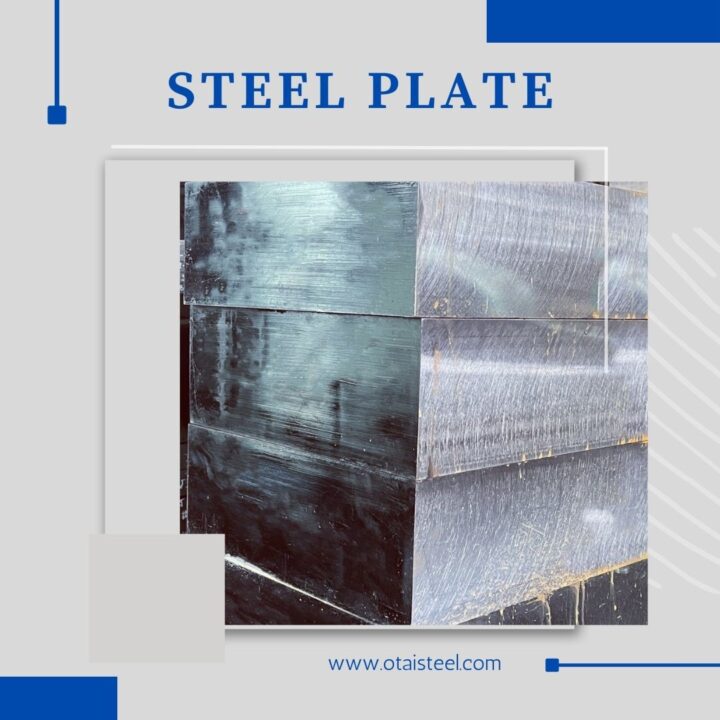
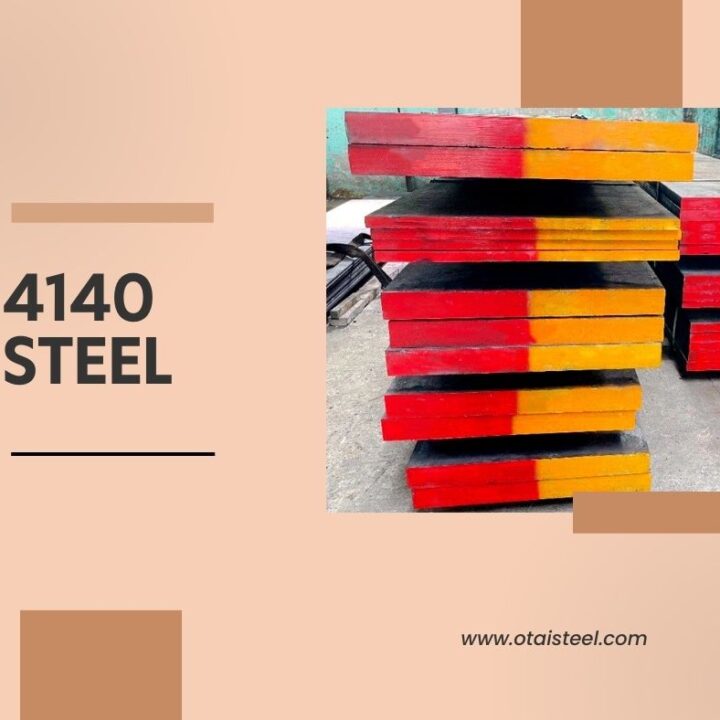
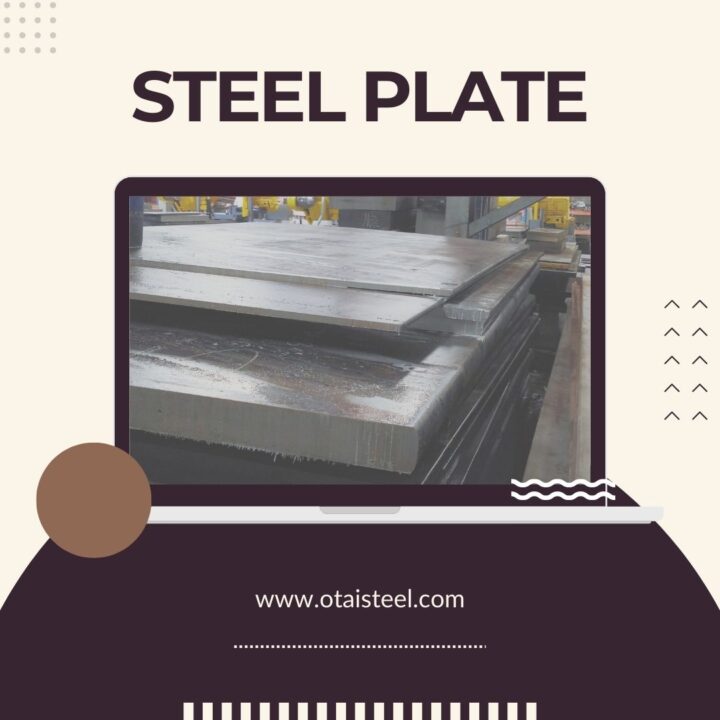
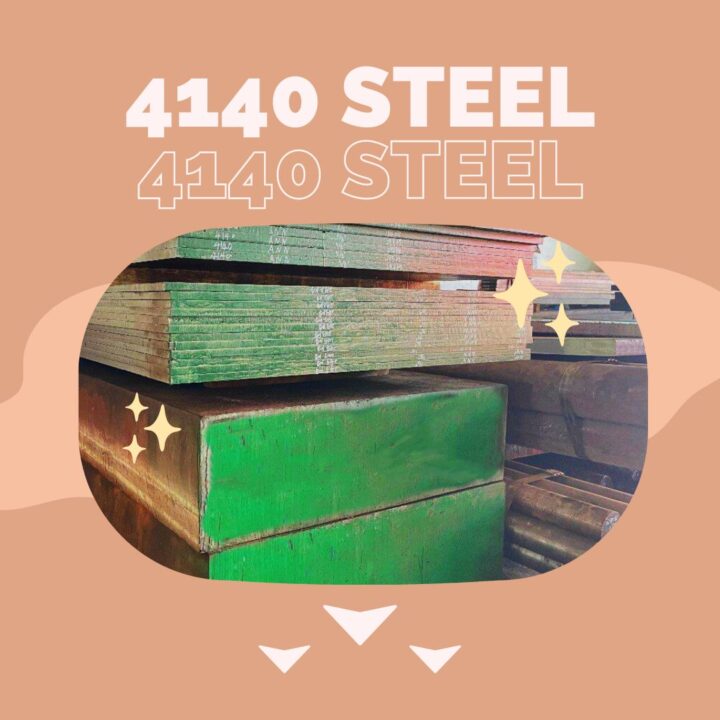
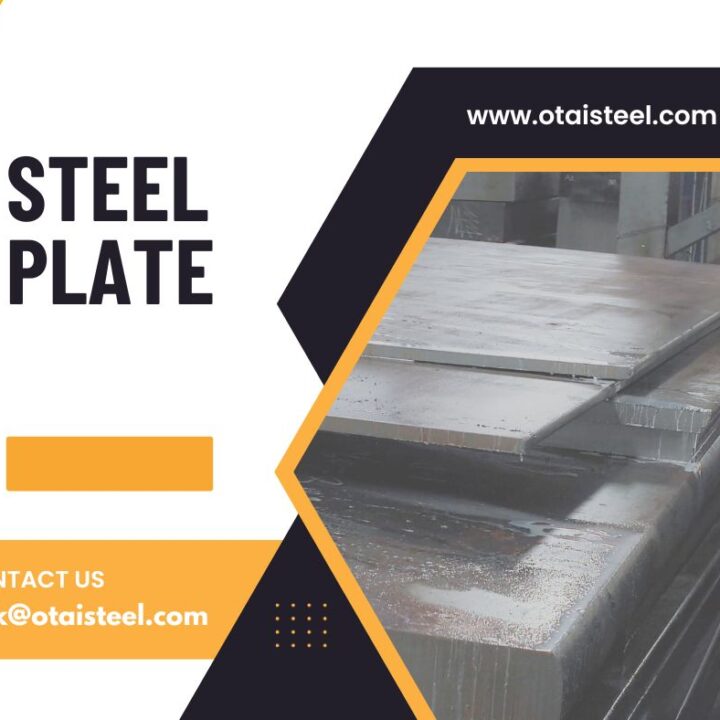
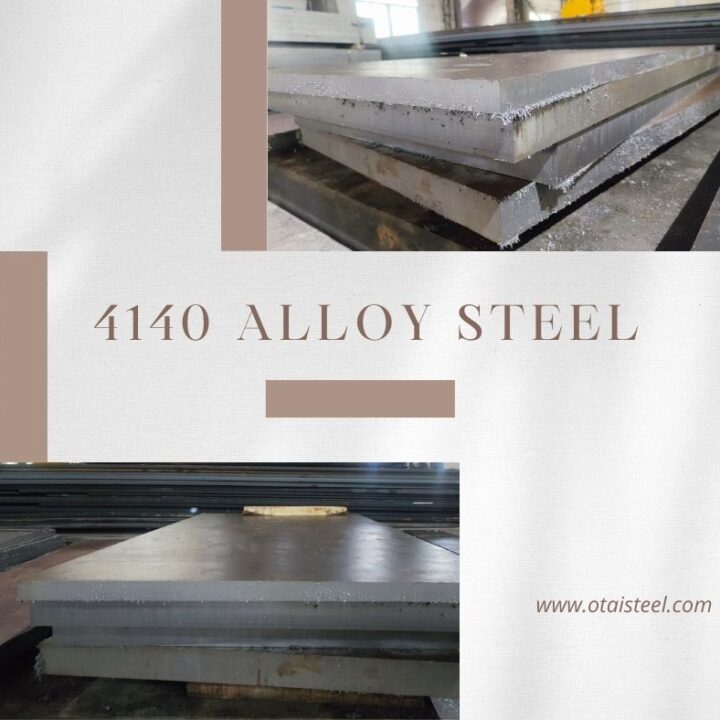
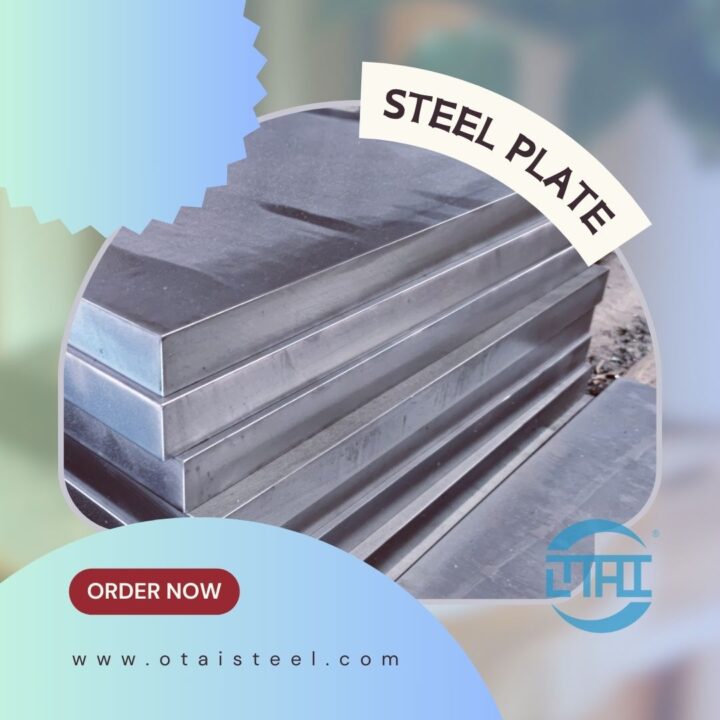
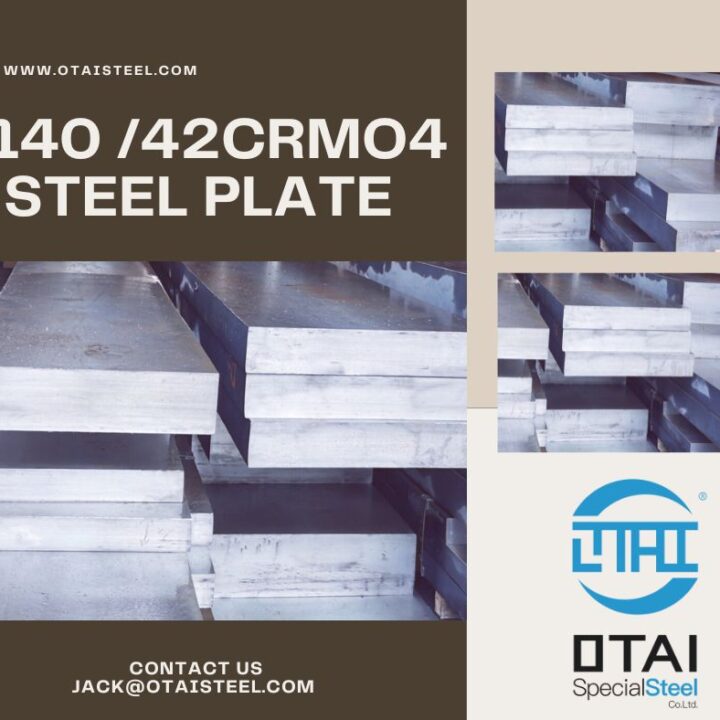


3 comments
Your way of explaining the whole thing in this piece of writing is in fact pleasant, every one be able to simply know it, Thanks a lot.|
It is really a great and helpful piece of info. I’m satisfied that you simply shared this helpful info with us. Please stay us up to date like this. Thanks for sharing.|
Very nice post. I just stumbled upon your weblog and wished to say that I’ve really enjoyed surfing around your blog posts. After all I’ll be subscribing to your rss feed and I hope you write again soon!|